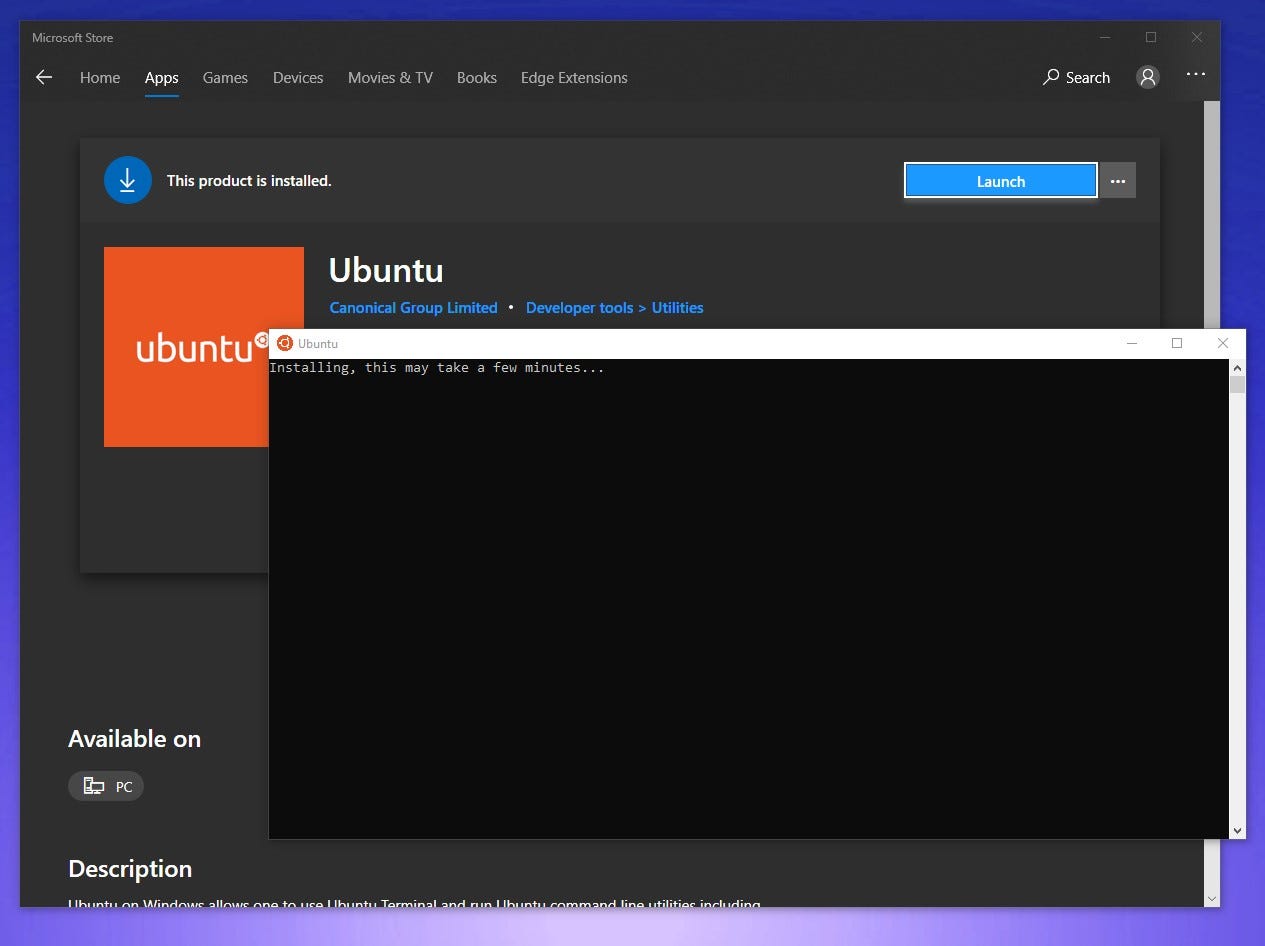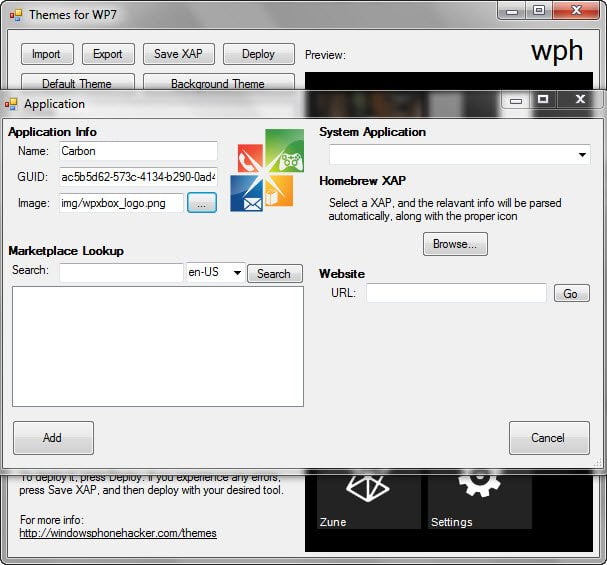
Rpm and deb packages are good for a lot of things, but aren’t ideal for everything. Wikipedia Homebrew Page: (package_manager).


To learn more about Homebrew, check out the following resources: At least, I didn’t have any luck installing any GUI apps. Also, Homebrew on Fedora Linux does not support graphical applications (called casks in Homebrew terminology) yet. See the Formulae list for what is available.
HOMEBREW FOR WINDOWS INSTALL
However, if you don’t find a piece of software in the Fedora Linux repositories, then you might be able to find and install it with Homebrew. Try to stick with the native dnf package manager for Fedora to avoid software conflicts. Homebrew is a simple package manager that can be a helpful tool alongside dnf (The two are not related at all).
HOMEBREW FOR WINDOWS UPDATE
To update Homebrew and all the installed Formulae to the latest versions, run: brew update Wrap Up To upgrade a specific package installed with Homebrew, run: brew upgrade To uninstall a package from your Homebrew prefix, run: brew uninstall To get information about a formula, run: brew info Īlso, you can see all the installed formulae with the following command: brew list Uninstall Packages You can also search for formulae with: brew search For example, to install Minikube, simply run: brew install minikube Replace with the name of the formula you want to install. To install a package using a formula on Homebrew, simply run: brew install It builds software from source using special Ruby scripts called formulae which look like this (Using wget package as an example): class Wget > ~/.bash_profileĮval "$(/home/linuxbrew/.linuxbrew/bin/brew shellenv)" Install and Investigate Packages Homebrew uses Ruby and Git behind the scenes. The author and the Fedora community are not responsible for any damages that might result directly or indirectly from following this article. However, do all the installations at your own risk. Homebrew packages usually run as a non-sudoer user and to a dedicated prefix so they are quite unlikely to cause harm or misconfigurations. You should always inspect the packages and binaries you are installing on your system. In this article, I will try to show you how Homebrew is different from Fedora Linux package manager dnf, why you might want to install and use it on Fedora Linux, and how. This package manager works on Fedora Linux too. In addition, it installs packages only to its prefix (either /home/linuxbrew/.linuxbrew or ~/.linuxbrew) as a non-root user, without polluting system paths.

It is written in Ruby and provides software packages that might not be provided by the host system (macOS or Linux), so it offers an auxiliary package manager besides the OS package manager. But, it can be used on Linux (and Windows WSL) as well. Homebrew is a package manager for macOS to install UNIX tools on macOS.


 0 kommentar(er)
0 kommentar(er)
